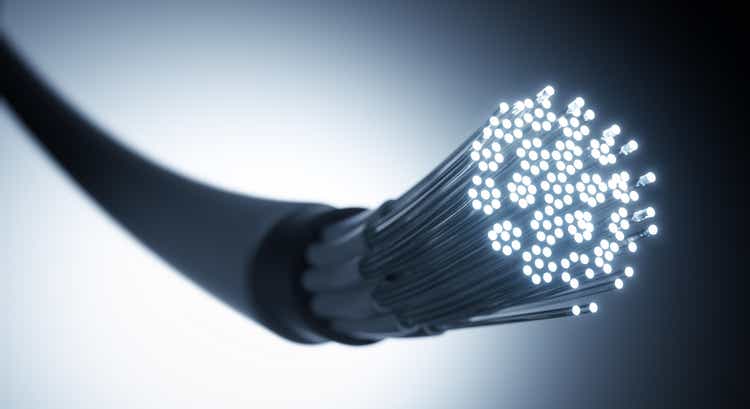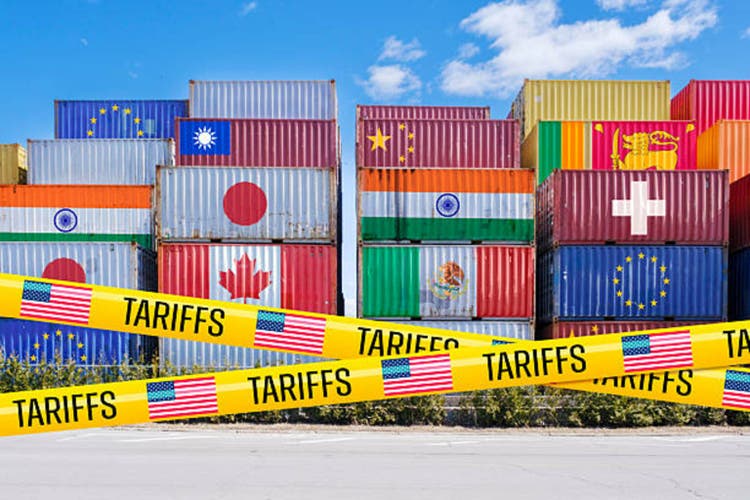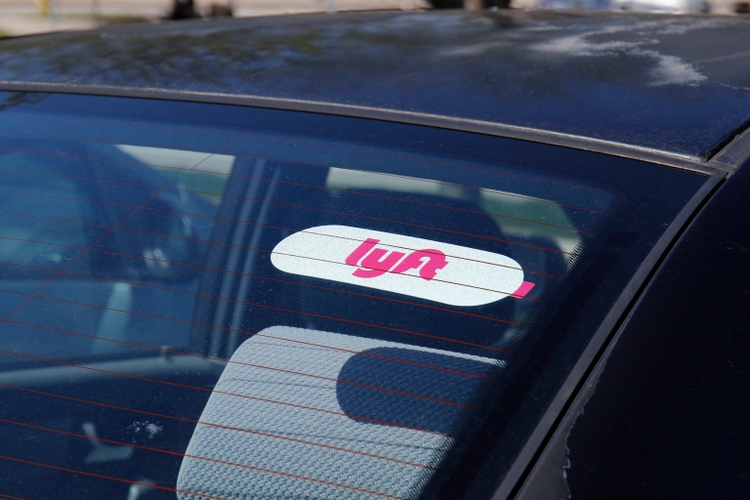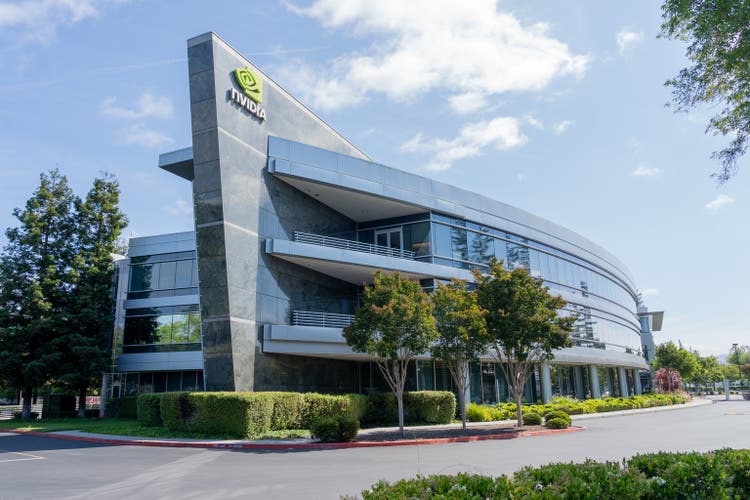
TOPSHOT - This pool image distributed by Sputnik agency shows Russian President Vladimir Putin (R) ... More and North Korea's leader Kim Jong Un (L) shaking hands during their meeting at the Vostochny Cosmodrome in Amur region on September 13, 2023, ahead of planned talks that could lead to a weapons deal with Russian President. (Photo by Vladimir SMIRNOV / POOL / AFP) (Photo by VLADIMIR SMIRNOV/POOL/AFP via Getty Images)
POOL/AFP via Getty ImagesIt was reported last week that North Korea plans to triple the number of troops fighting with Russia along the front lines in Ukraine—sending an additional 25,000-30,000 troops. Troops will arrive in the next few months, adding to the 11,000 North Korean troops that were sent in November.
Ukrainian President Volodymyr Zelenskyy told reporters in June that Russia is amassing 50,000 troops along the Russian border, in the Northeastern part of Ukraine, warning that Russia could deploy North Korean soldiers in parts of Russian-occupied Ukraine for a new ground offensive this summer. North Korea has the capacity to send up to 150,000 additional troops, requiring Russian aircraft to be refitted to transport such large numbers of foreign troops across Siberia.
Without question North Korea’s involvement in the conflict has become increasingly visible. For the first time, North Korean state media showed footage of North Korean troops fighting in Ukraine and acknowledged that thousands had already died.
For North Korea, the deployment of troops is part of a long-term investment with Russia to revive the level of aid received to Cold War levels. Pyongyang has already received food and financial assistance and now seeks support in improving critical ground, air, air defence, and naval systems.
With this new influx of North Korean troops, Moscow and Pyongyang have solidified their evolving partnership—building a relationship that is not just transactional but strategic as well.
North Korean support was initially just rhetorical and diplomatic, with North Korea one of only a handful United Nations member states that recognised the sovereignty of the so-called Donetsk and Luhansk People’s Republics in eastern Ukraine in 2022.
Two high profile summits have taken place since Russia’s 2022 invasion of Ukraine. In September of 2023 Presidents Kim Jong Un and Vladmir Putin met in Russia’s Vostochny Cosmodrome—a Russian spaceport. Then in June of 2024 Putin made a rare visit to North Korea, resulting in the signing of the Treaty on Comprehensive Strategic Partnership--- which provided mutual defence if either country was attacked, constituting the strongest such agreement between the two nations since the Cold War.
For Russia, the benefits of this partnership are obvious. Russia badly needs more troops. In 2024, it was losing over 1000 Russian troops a day—and about 100 soldiers died per square kilometre gained (Russia controls about 19% of Ukraine which is equivalent to a territory the size of Ohio). That same year Russia was also struggling to repel Ukraine’s military incursion into Kursk, with some 15 battalions lost in Kursk alone. In total, Russia has suffered more than 790,000 casualties, almost twice as many as Ukraine.
Given these losses, Putin is unable to risk another politically unpopular mobilization effort. Using non-Russian fighters buys Putin time to reconstitute his military, which Putin had pledged in 2024 to increase to 180,000 troops and 1.5 million active-duty military personnel. Though Putin had been recruiting from Somalia, Sierra Leone, Cuba and Nepal, the partnership with North Korea offered more advantages, and a much larger stream of troop deployment.
But North Korea’s deployment has also come with complications. Though North Korea sent over special forces units that are better trained and supplied than ordinary infantry, the initial deployment lacked an effective and agile command structure. As the complicated chain of command is in place to prevent military coups this created bottlenecks preventing quick decision-making. A political commissar and a representative of the police must sign off on every military decision, undermining rapid response.
There were also some issues with the language barriers (very few Russian speaking North Koreans, and fewer Korean speaking Russians).
As this was also North Korea’s first participation in a major armed conflict since the Korean War, North Korean soldiers were struggling to adapt to modern warfare. They lacked not just modern combat experience, but also knowledge of the terrain.
Initially the North Koreans were also easy targets for drone and artillery attacks. Due to their high level of discipline, they moved in unison in open fields where they could be easily spotted by drones and were less likely to scatter and hide when hearing the loud drones overhead. At night they also wrapped themselves in ponchos that made them visible from afar. They were also more willing to risk their lives to retrieve the bodies of colleagues in the fields, driving up the number of casualties.
Within months North Korea suffered heavy losses, incurring around 4,000 casualties—or almost a third of those deployed. There were so many losses, that North Koreans were forced to withdraw from the frontlines in January of 2025.
But even though Russians treated the North Koreans like cannon fodder, this did little to deter Kim—who agreed to send in another 3,000 troops in March of this year. And since then, the North Koreans have gained crucial battlefield experience and understanding of how to engage in electronic warfare.
North Korea is not just providing troops but also needed military weapons. As Russia has lost a large amount of military hardware (almost 13,000 tanks and armoured vehicles have been destroyed and over 300 aircraft), Russia is in need of supplies.
Some of the weapons that North Korea has provided include 200 long-range artillery systems, over a hundred short-range ballistic missiles such as KN-23 and KN-24 missiles, fifty 240mm multiple rocket launcher systems, and twenty 170mm self-propelled guns or howitzers. The KN-23 missiles are armed with warheads up to one tonne making them more powerful than Russian equivalent missiles.
Additionally, since September of 2023, North Korea has shipped over 15,000 containers which likely contained billions of weapons including up to nine million artillery shells, helping Russia replenish its supply of 122 mm and 152 mm artillery shells. Ukraine believed that North Korea’s contribution accounted for as much as 70% of Russian munitions used. As Russia’s war with Ukraine relies heavily on artillery, this injection from North Korea has helped.
But some of the North Korean munitions have been unreliable, inaccurate and old. The first batch of North Korea’s KN-23 ballistic missiles were too inaccurate. They only improved after intensive collaboration of Russian and North Korean specialists. And North Korea can’t match the scale or efficiency of Western arms manufacturers. Thus, North Korea’s weapons support may not be sustainable in the long term; it is mostly a stopgap measure to help Russia regroup.
Though North Korea’s military faces operational shortcomings, Kim’s willingness to risk a large number of lives and supply a huge arsenal of weapons provides Moscow with a critical buffer. It also demonstrates that Russia isn’t capable of winning this war on its own.
.png)











 English (US) ·
English (US) ·